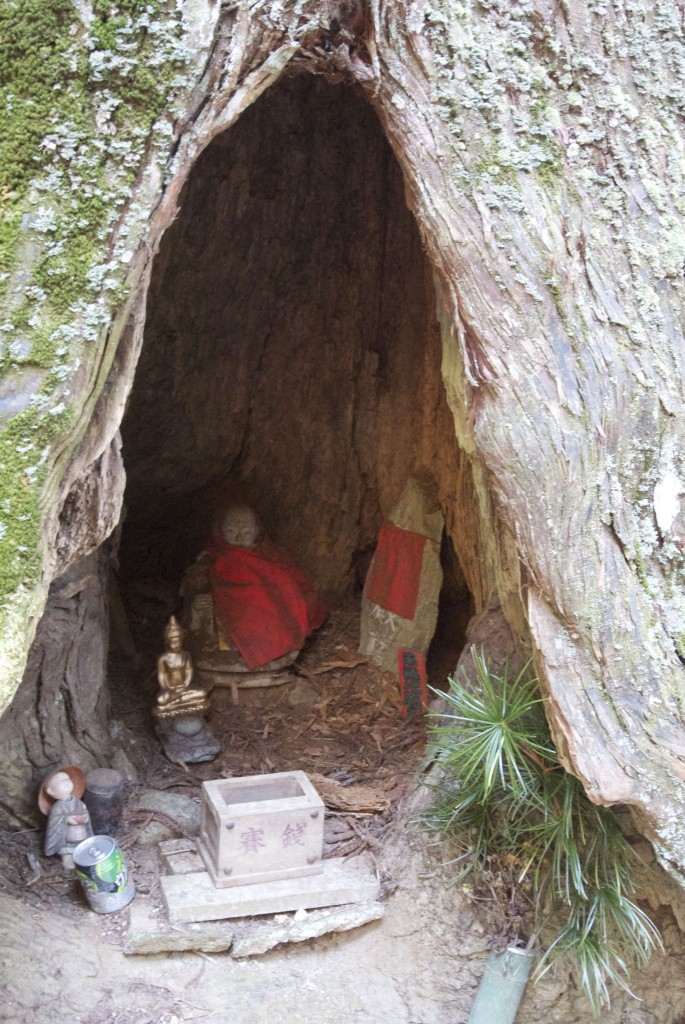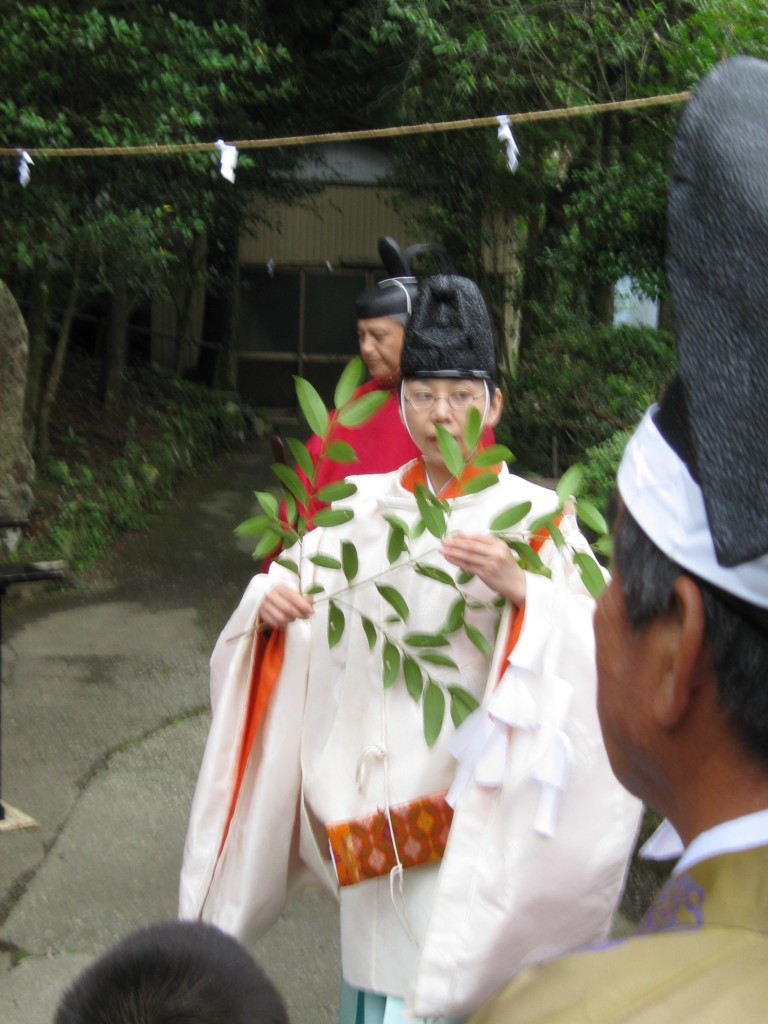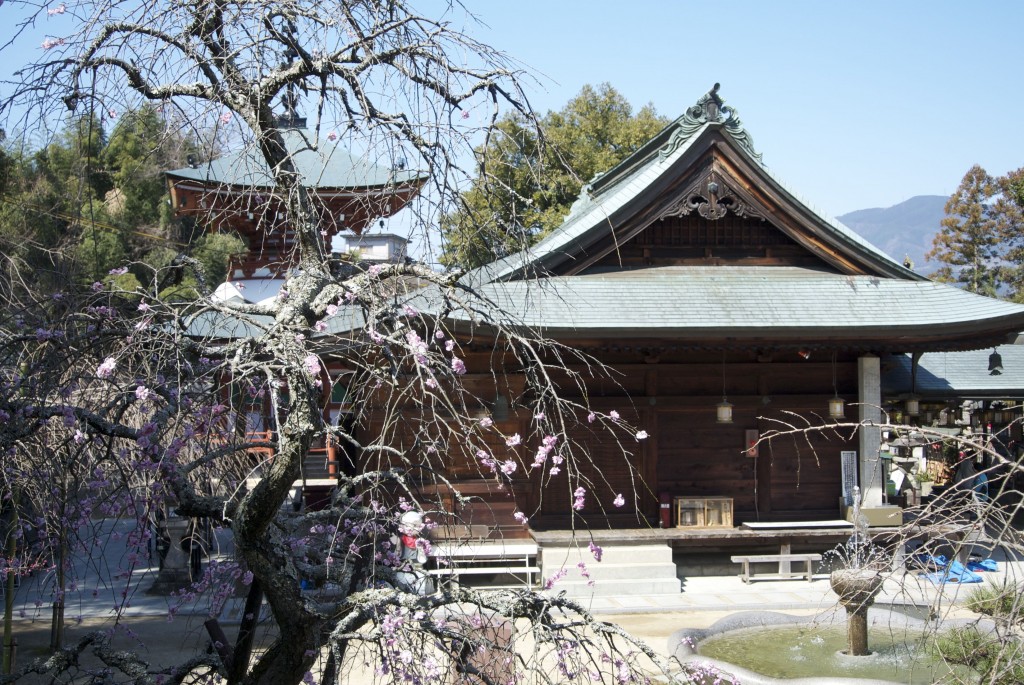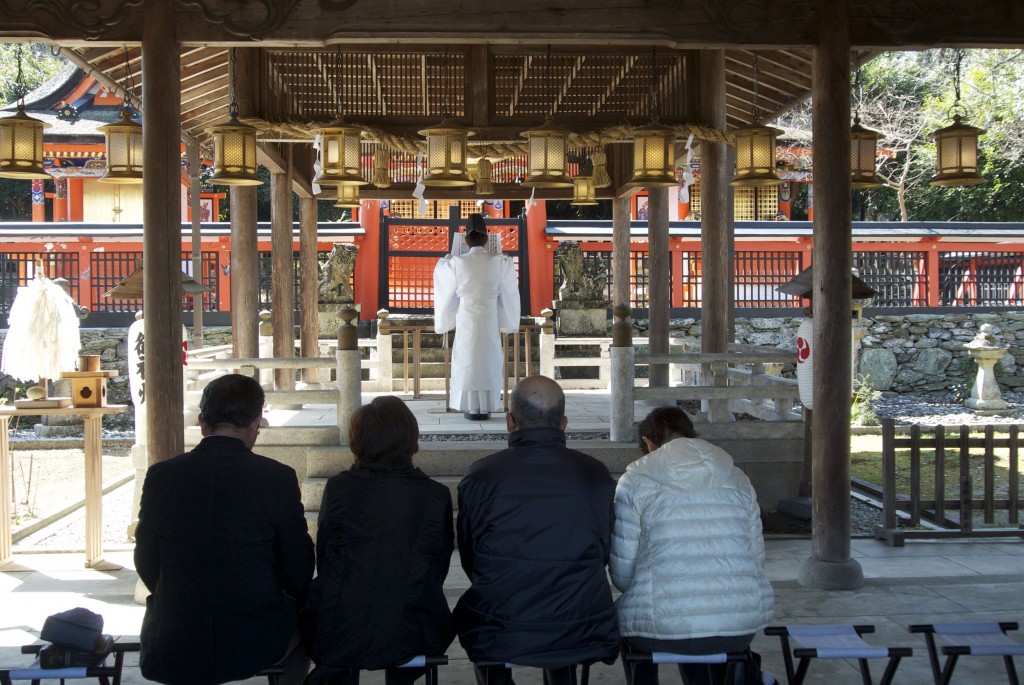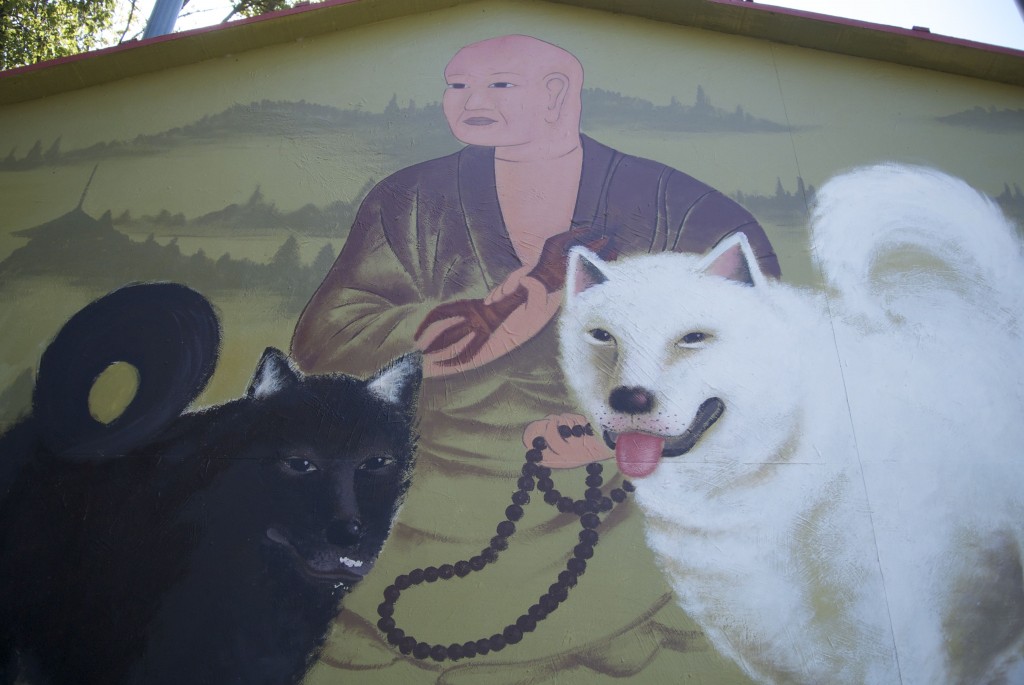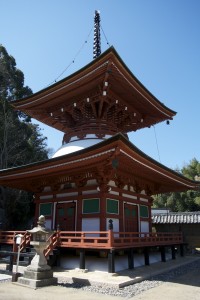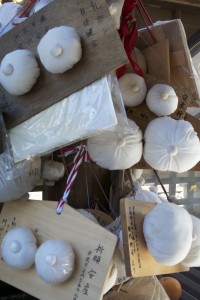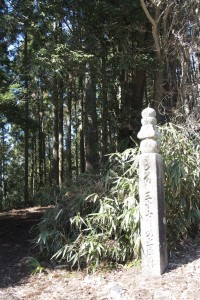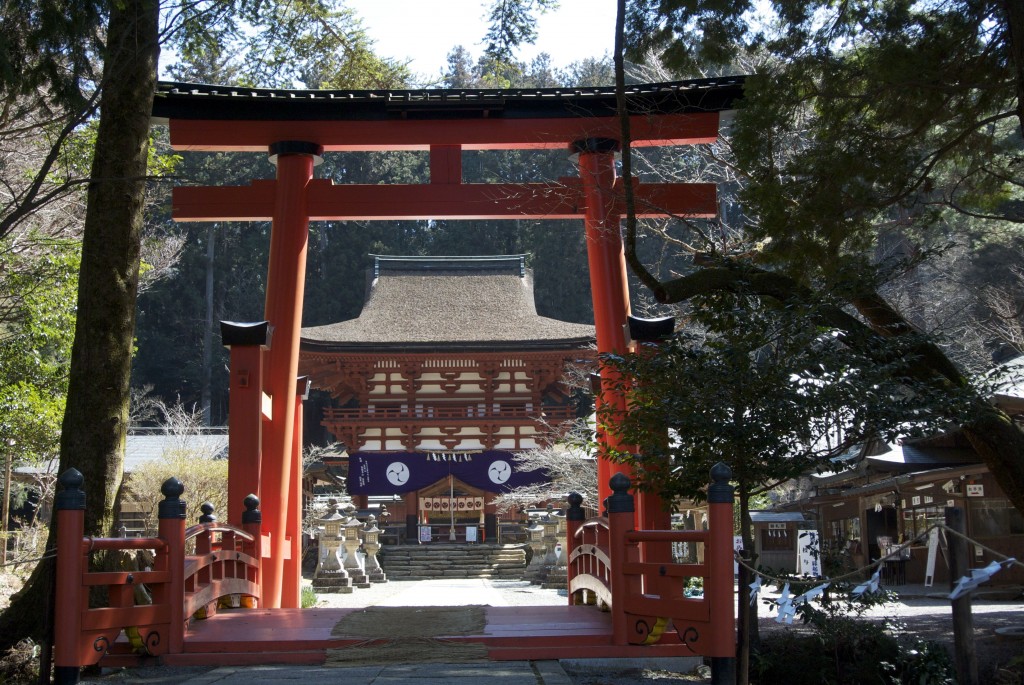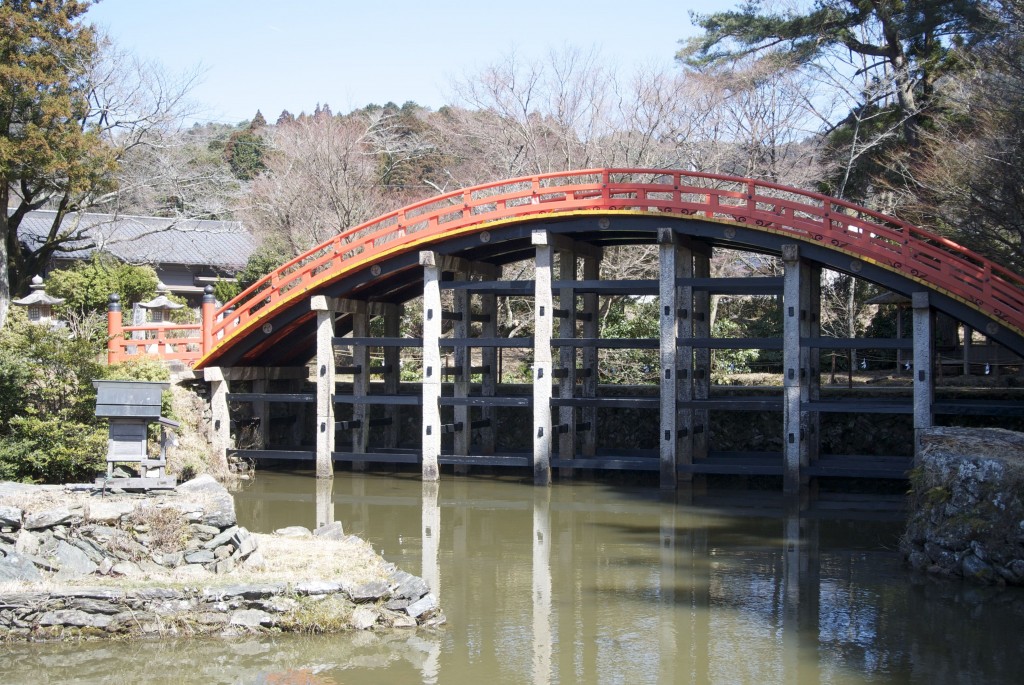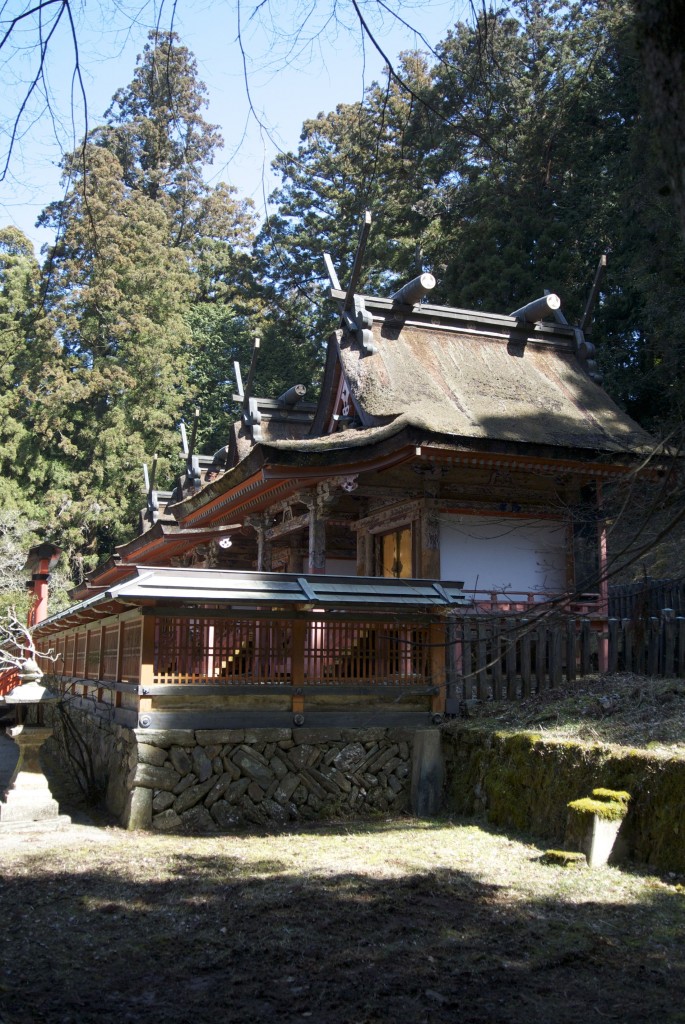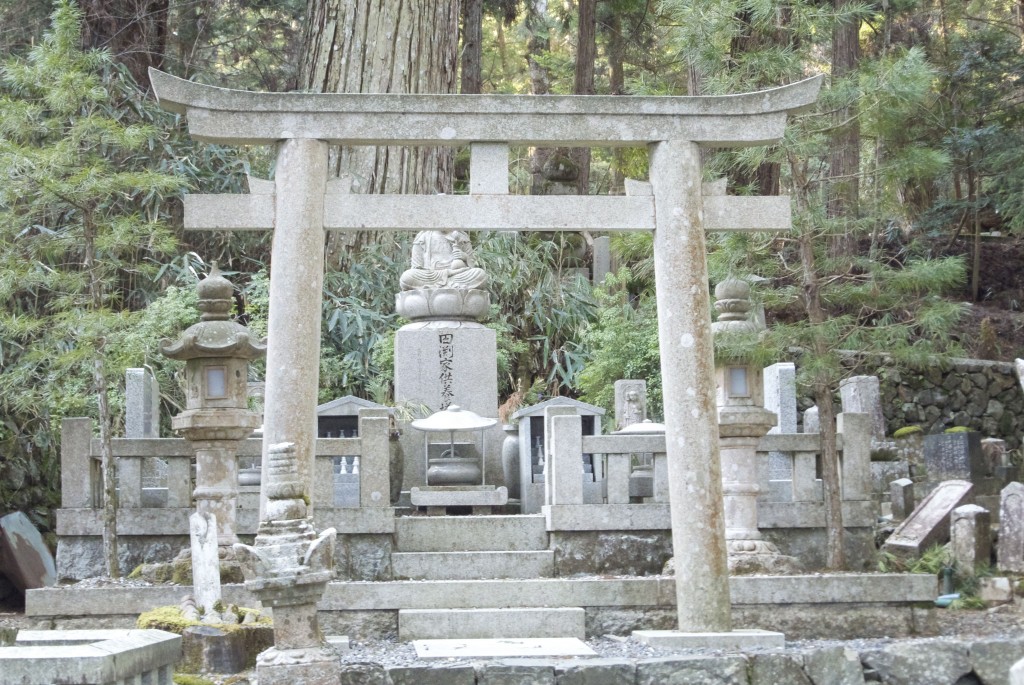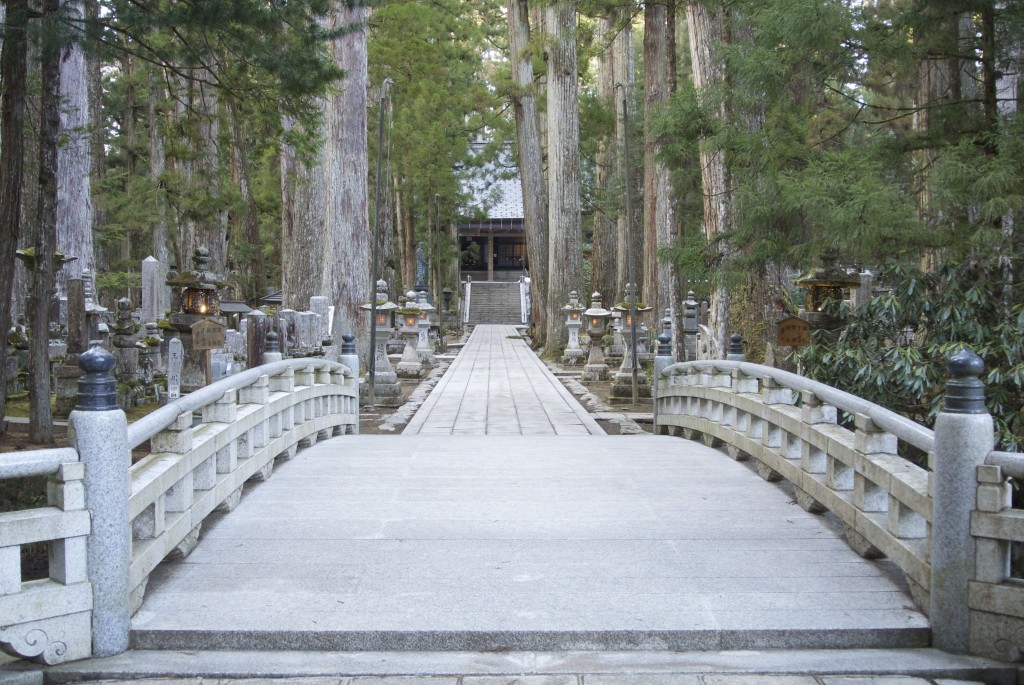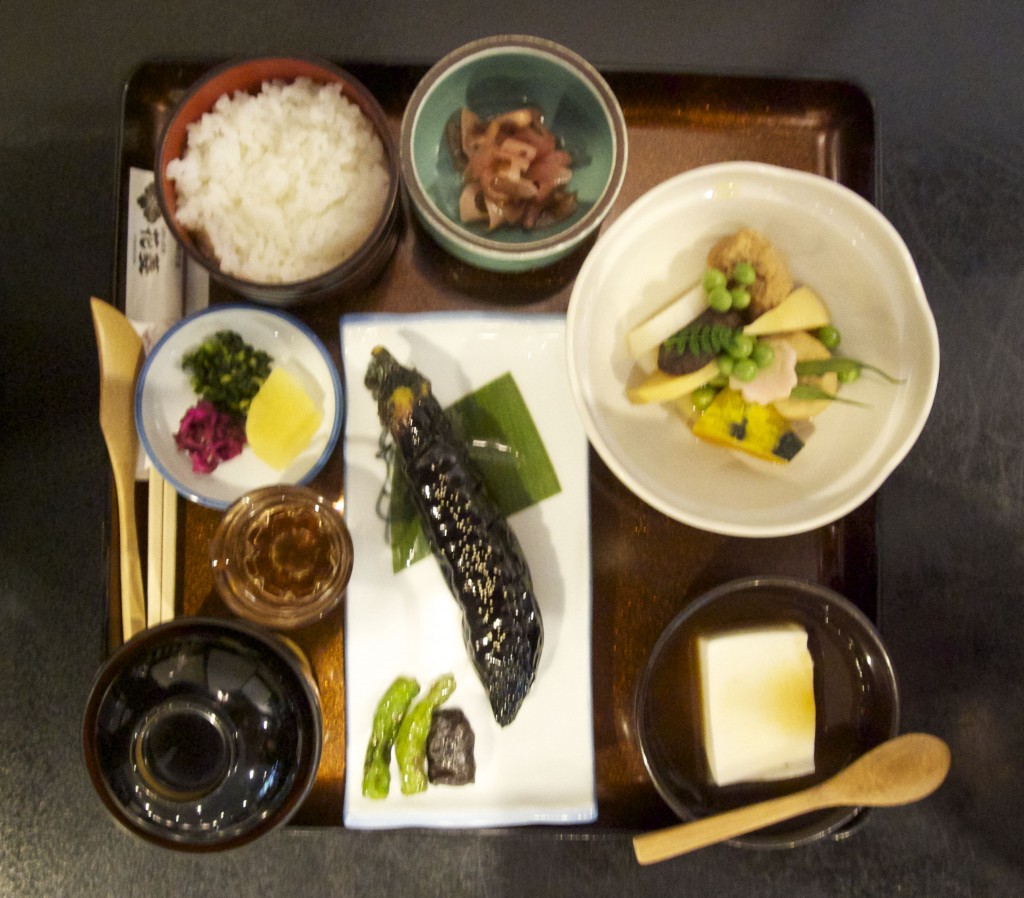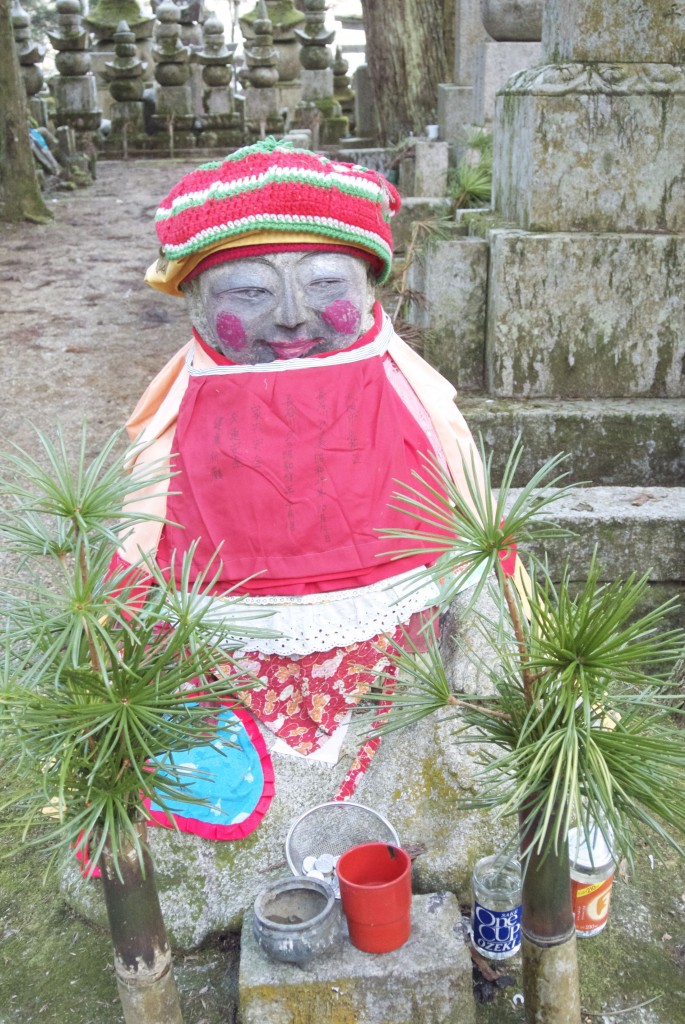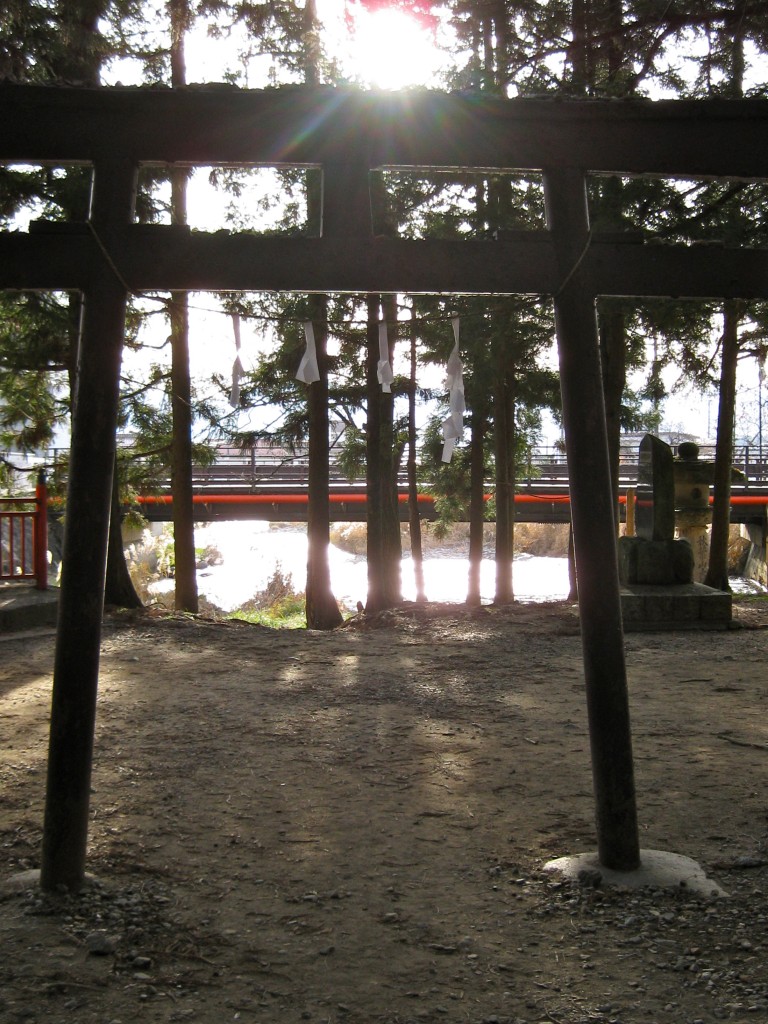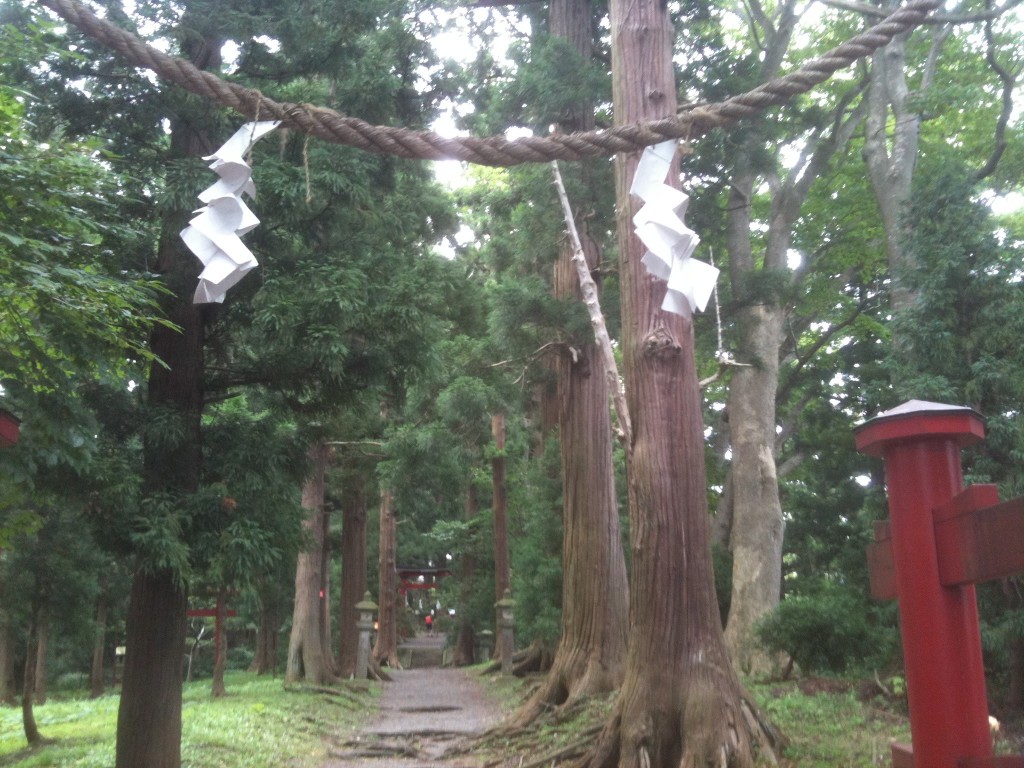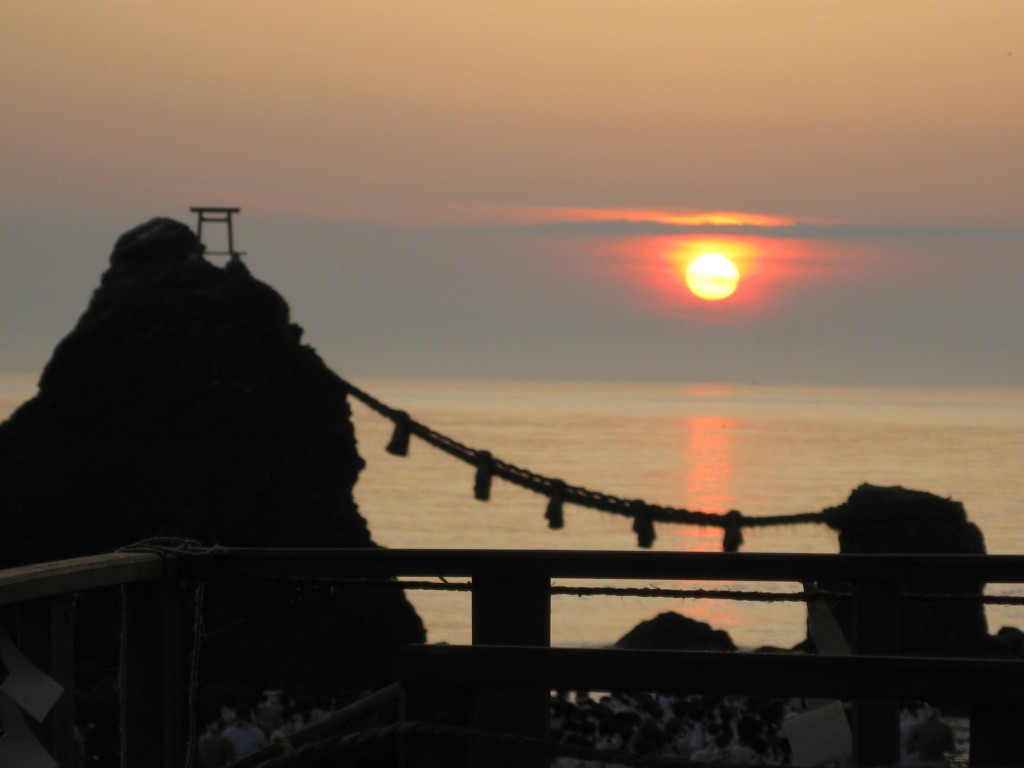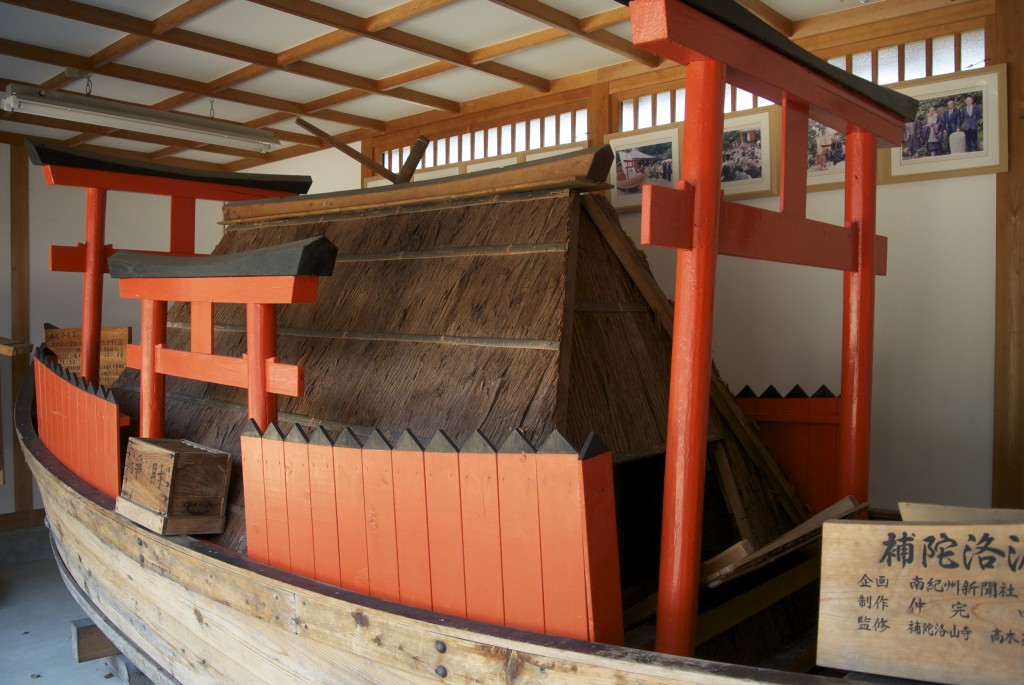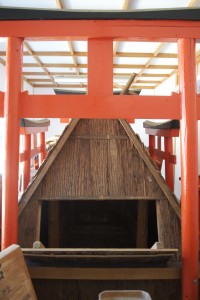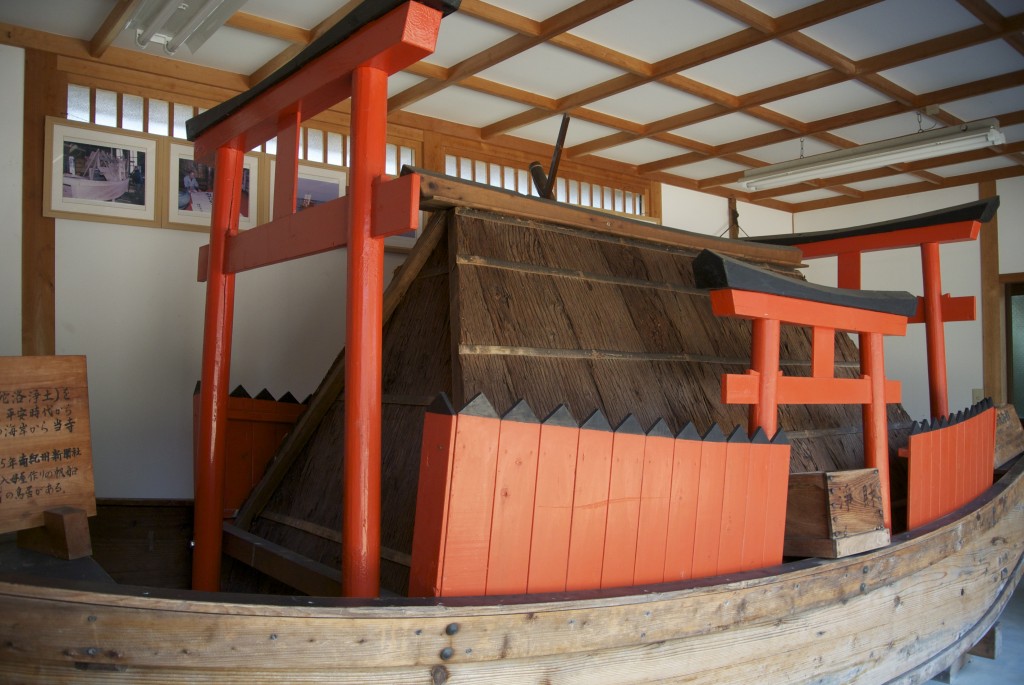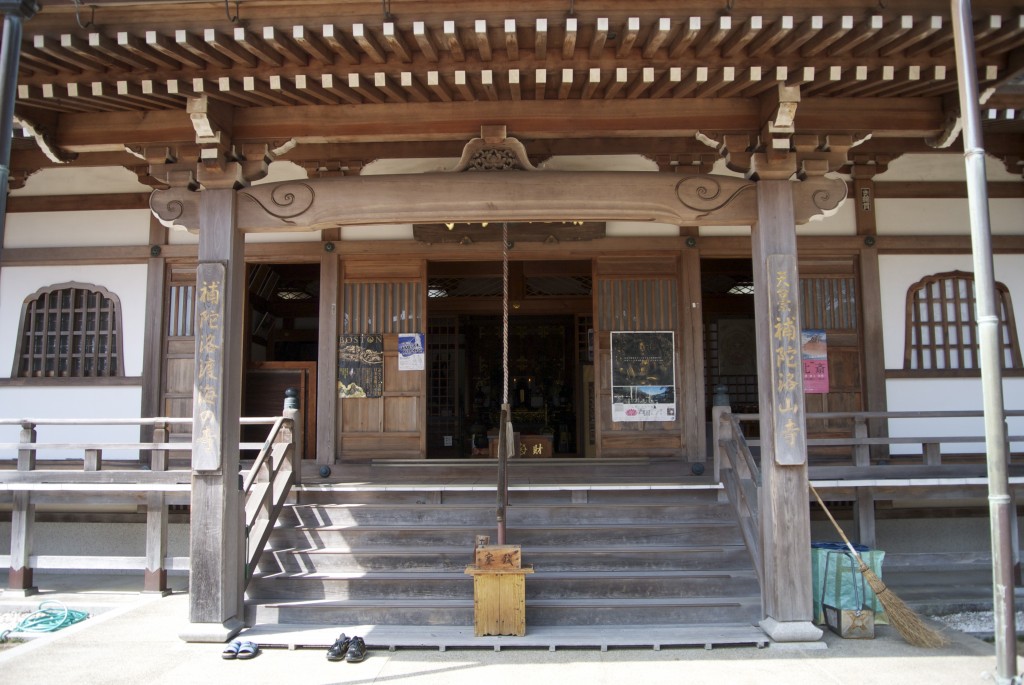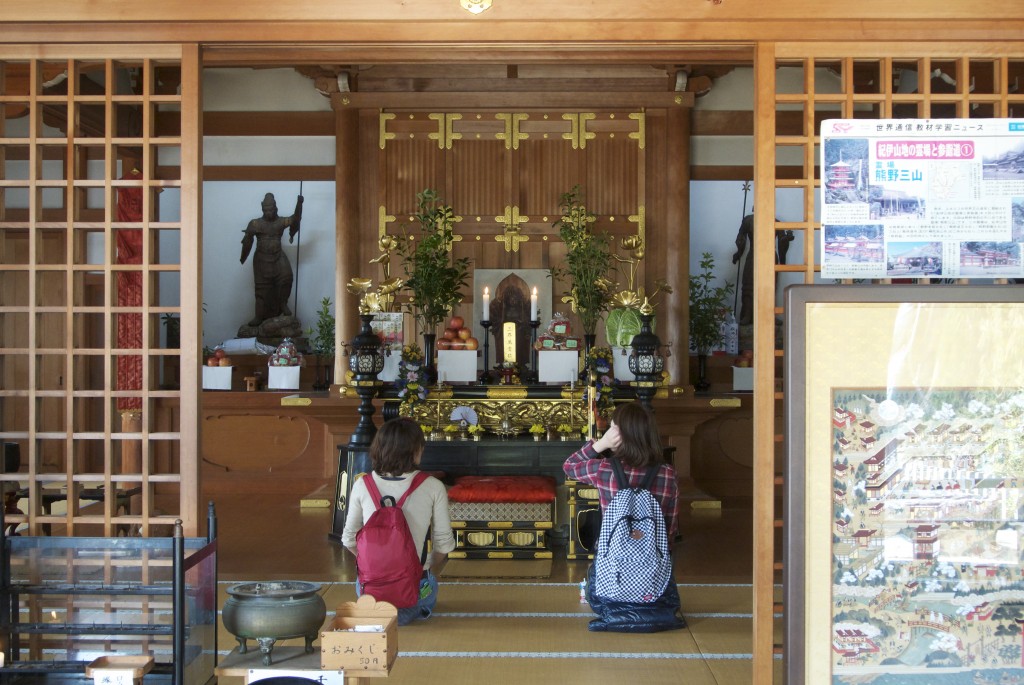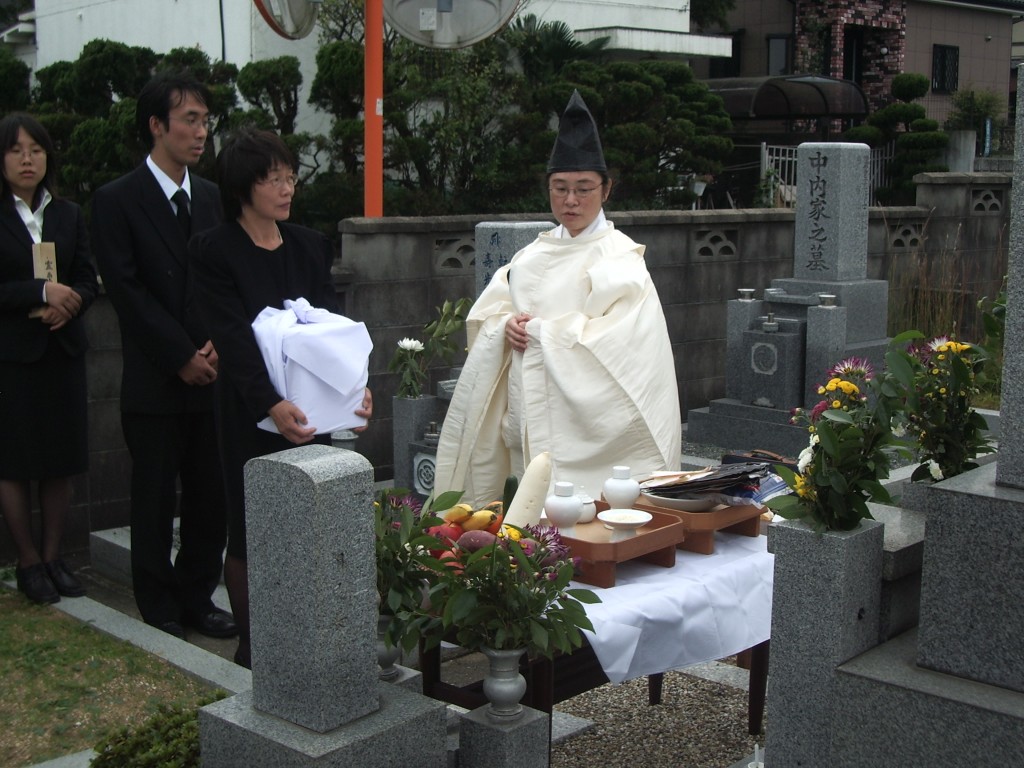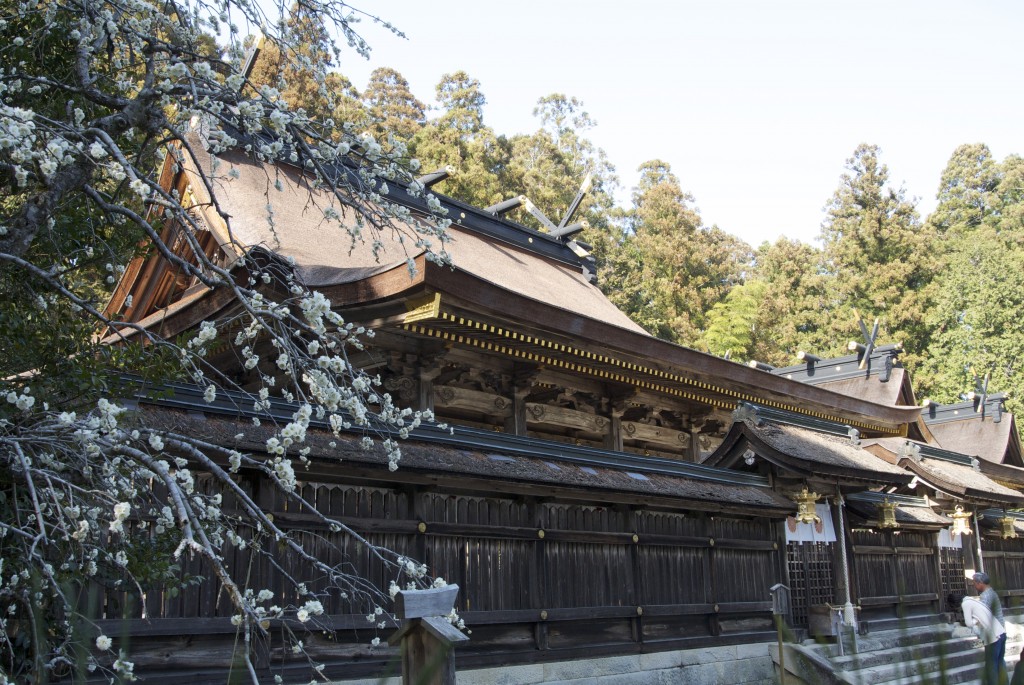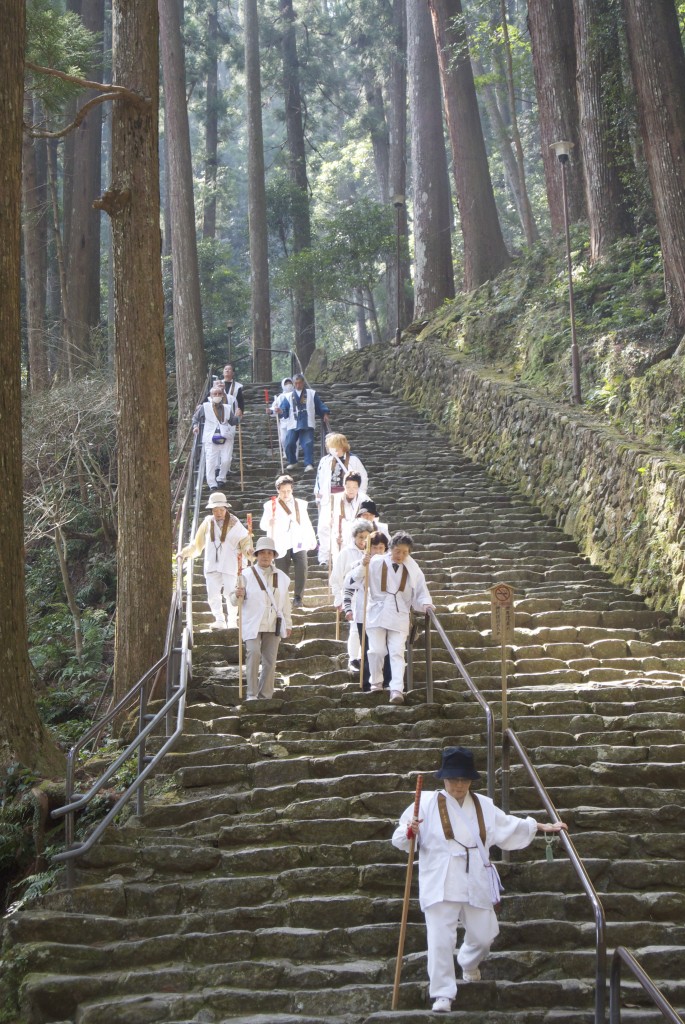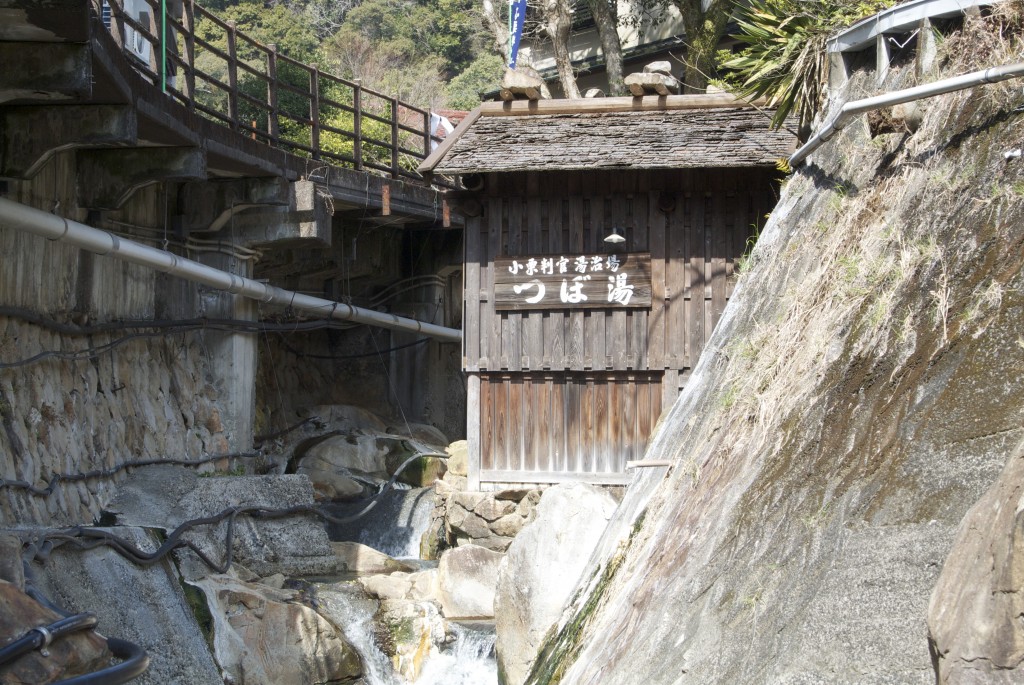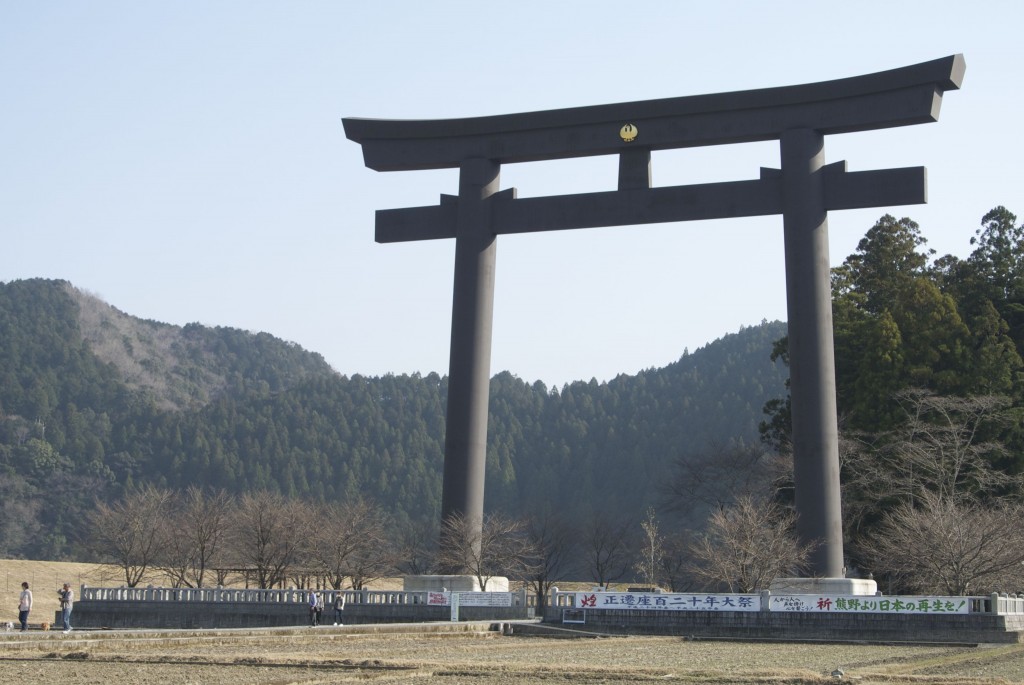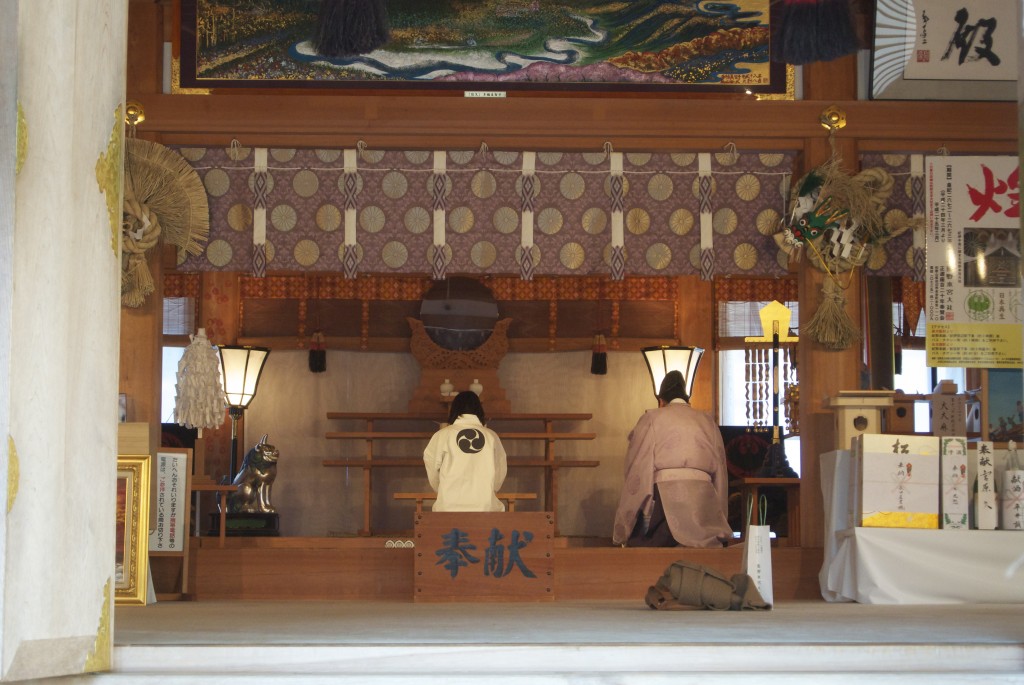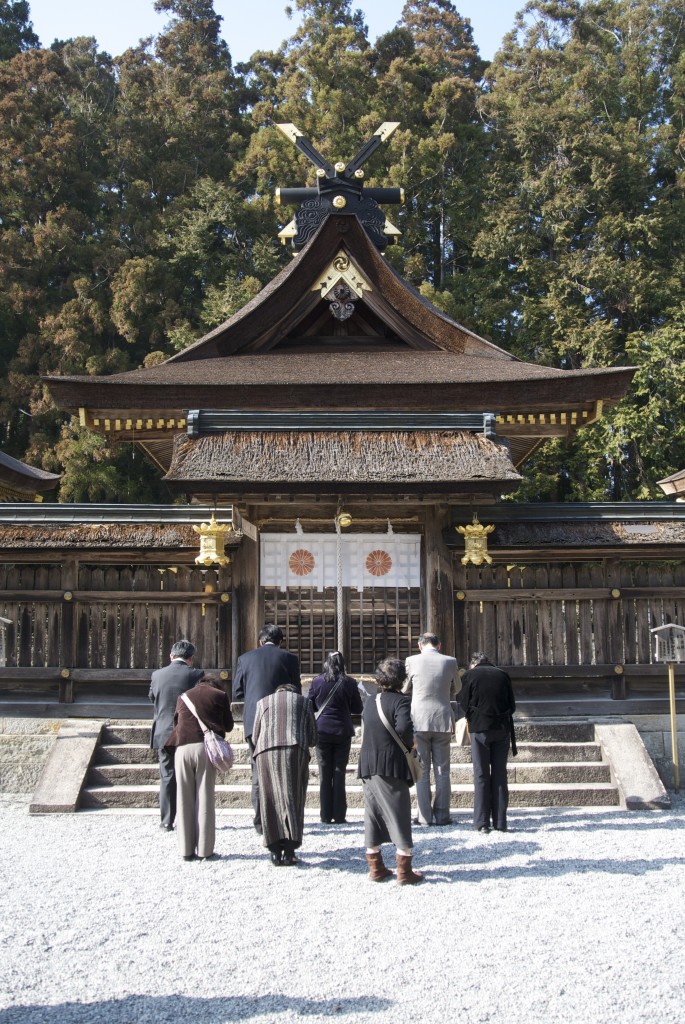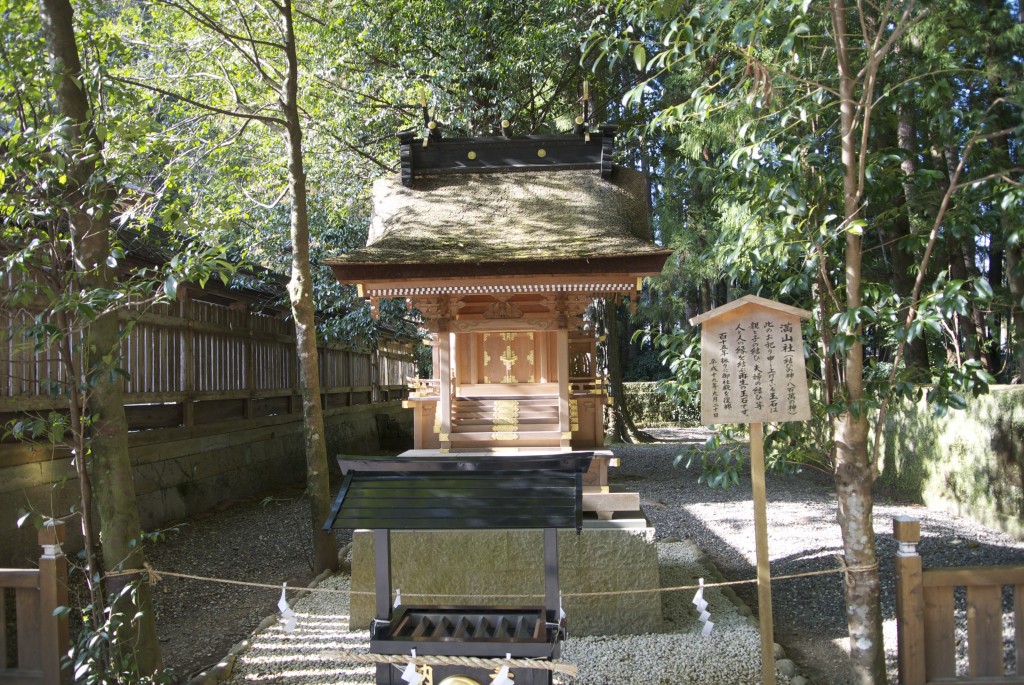Nakedness used to play a vital role in Japanese festivals and fertility rites. Under the influence of the sex-obsessed cultures of the West, it has been sadly downplayed or even thought shameful by some. But the so-called Hadaka Matsuri (Naked Festivals), in which men wear loincloths, have managed to survive. In an article in Japan Today, Heenali Patel considers the phenomenon and how it relates to modern youth.
*********************************************************
The naked truth in Japan by Heenali Patel
Japan Today MAR. 23, 2013
A heap of round bodies squirms and squeals as the chilly night air descends upon it. Its outer rim of pale exposed flesh shudders in the lantern light like an inflated over-plucked chicken. Rolling down the streets, it passes crowds of people who shuffle along under the shadows of rickety buildings, clutching steaming buns and sticks that drip with jammy sauce. Buttocks jiggle, arms flail, loincloths flash like crumpled smiles into the dark….
No, this isn’t a scene from a Heironymous Bosch painting. It is, in fact, the somewhat less infernal Hadaka Matsuri, or Naked Man Festival. Yes, that’s right, a festival for hoards of Japanese men to brave freezing temperatures in barely more than their birthday suits.

Loincloths and a religious frenzy (from Japanzine)
The Naked Man Festival has a long tradition in Japan, with a deep well of symbolism that goes beyond the surface of its wrinkled hindquarters. And if one were to flip through a Japanese history book, references to nudity would come hard and fast – from images of feudal peasants working fields unclothed, to public baths peppered with naked bodies. Given these aspects of Japanese history and culture, it would be easy to assume that nudity is commonplace in Japan, and not necessarily linked to sexuality as it is in the West.
In Pink Samurai, Nicholas Bornoff writes: “At the two extremes of female and male in popular culture, one finds the geisha and the sumo wrestler: the dainty living doll standing for femininity and the mountainous icon of macho flesh with the little porcine eyes.”
Historically, it is clothing that has traditionally suggested sexuality in Japan – a sumptuously dressed woman has tended to hold more sway than a bare one. In contrast, when one imagines a loin-clothed sumo wrestler, it is unlikely to be within a sexual frame of mind.
Nudity in Japan has been unlinked to sexuality, and the norm for centuries – but does this really continue to be the case for the younger generation of Japanese? How has their perception of nudity started to change, if at all?
An investigation on how the Japanese interpretation of nudity is changing inevitably involves a discussion about shifting sexual perceptions. My first encounter of this stemmed from the classroom. Having described my recent cultural escapades at the Naked Man Festival to a class of 14-year-olds, the instant reaction was: “Was everyone naked? Were there naked girls too? How much could you see down there?”

Naked souls and all in harmony (from Outsider Japan)
Perhaps this can be explained by the idiosyncratic nature of my students; or the social demographic to which they belong. But I couldn’t help notice how very stark the difference seemed between the traditional image that most foreigners have of Japanese nudity, and the reality lodged comfortably in the crevices of my students’ brains.
So when did this shift begin? Unsurprisingly, the clash between modern nudity in Japan and its traditional counterpart gleans much of its raison d’etre from politics. Toward the end of the 19th century, the Japanese government banned public nudity as a means of appearing more “civilized” to the West and repealing a series of unequal treaties. What eventually followed was a burgeoning pornography industry and a new sexual attitude towards the human body to go with it. As “Pink Japan” eloquently puts it: “Once the naked body had been legislated against and thus ceased to be commonplace, it took on an erotic and mystified meaning.”
Looking around, it certainly seems to me like recent generations have been exposed to nudity in a sexual context far more than the generations that came before them. Anime shows abound with top-heavy women dressed in garments the size of miniature tea towels and men that can barely contain themselves; pachinko parlor entrances are festooned with posters of tightly equipped characters smiling down from awkward angles; even the uniforms worn by most high school girls are becoming borderline fetish costumes.
And yet, despite an increase in exposure to sexually-charged nude imagery, Japan remains one of the least sexually active countries in the world. According to SSL International PLC, (the makers of Durex condoms), the Japanese, on average, have sex around 36 times a year, compared to the world average of 97 times a year. Furthermore, a government survey in 2010 revealed that one third of Japanese males aged 16 to 19 are not interested in, or even feel an aversion toward sex – double the figure of 2008.
Well, how does a growing exposure to sexual nudity, premature arousal and an increasing lack of real sex connect up? It certainly indicates that changes in perceptions of nudity are contributing to a profound change in the way young Japanese people are identifying with the human body and their own sexualities.
The Japanese concept of the body has often been described as having fewer boundaries and substantiality than its Western counterpart. As pointed out in Japan Focus, the Japanese have traditionally associated the body with “the continuation of soft curved lines” found in ukiyo-e art. Whilst the Western body is often described as an opaque definitely edged mass, the Japanese have tended to view the body as “a form or husk, which the wind can literally pass through.”
This particular distinction between Western and Japanese culture seems to be becoming less and less the case. Bodies are turning into concrete forms, more hard-wired to their changing role in society as a visual and sexual stimulant. Against the backdrop of a growing pornography industry and decreasing sexual activity, the appearance of the nude body is being instrumentalised a great deal more than the nude body itself.
To many of the younger generation, intimacy is becoming less appealing. Referring to an increase in boys’ fascination with virtual online girls, a Japanese public health official reasoned: “They don’t want to get hurt [by being duped by human girls]. So they never advance past the 2D world.” How has their perception of sexuality and the body become so distorted? Perhaps it is down to the lifestyle they are encouraged to lead. In contemporary Japan, many children do not have time for quality human and physical contact.
Occupied with extra-curricular activities, training programs and juku (cram schools), leisure time often revolves around passive activity like video-gaming, watching TV and, in general, forming deeper relationships with 2D figureheads than with real ones. What follows is a connection with the human body that is rooted on the screen, distorted and inflexible.
As explained in a sexual study on Japan conducted by the University of Berlin, “While there is much information related to sex and sexual behavior on television and in comic books, exposure to this information is not sufficient when they have to use it on their own, cognitively and affectively.”
How is this likely to have an impact on the future society of Japan? Already we can see the beginnings of a society where an aging population has become a growing burden on younger generations that refuse to go forth and multiply. But just as disturbing is the mental impact the loss of the naked body in its actuality is having on the Japanese. Fueled by a society where nudity is becoming less and less real, more and more virtual – children are being opened up onto a world of “fan service” pornography; fetishisms of every shape and form; and other methods of arousal that nullify the need for physical human contact.
Are we seeing the rise of a new kind of mass mentality that is likely to favor Japanese society? Possibly, though I doubt it. Perhaps it is time to re-evaluate the way in which the naked body is represented before it is too late. Perhaps it is time for the Japanese to re-prioritise reality. And perhaps, on a wholly practical level, it is time to put the “together” back into “in the altogether.”
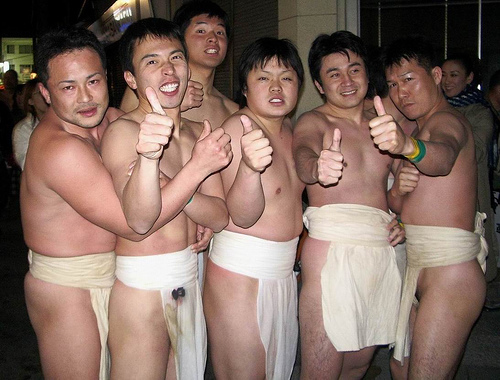
Thumbs up all round (thanks to Issuesnideas)


